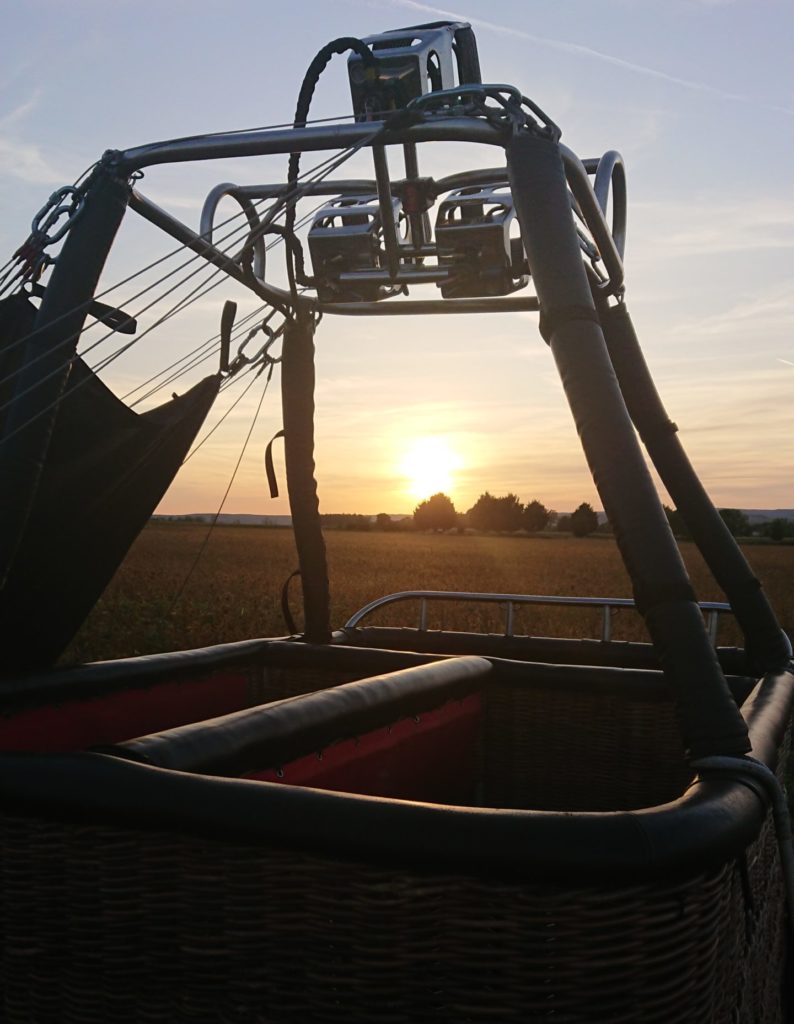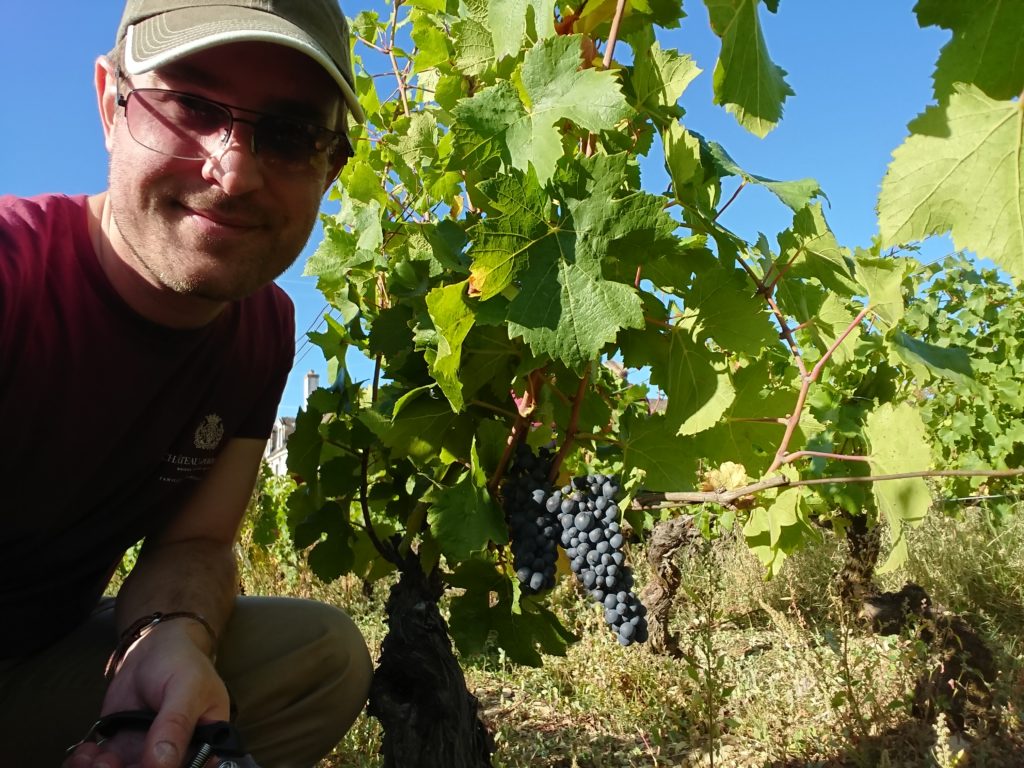
Why a wall broke down barriers at Chateau de Pommard
American entrepreneur Michael Baum has married traditional organic and biodynamic farming with modern marketing, writes Peter Ranscombe.
RISING gently above Burgundy in a hot air balloon, the famous French wine region’s patchwork of vineyards soon sailed into view.
It’s hard to get a proper feel for the landscape of the Côte de Beaune area from an atlas, but – as the balloon climbed higher through the still and clear autumn afternoon – the network of villages and gently rolling hills strung along the old National-74 road or “Route des Grands Crus” began to make much more sense.
Famous names like Meursault and Volnay, Montrachet and Santenay, may differ greatly in taste but actually lie only a few miles apart.
What may on paper seem like a monoculture of vines is in fact interspersed with trees and crops and hamlets.
And, as the balloon began to descend and the sun began to dip towards the horizon, the finer details became apparent – including the walls.

Names sound so much more poetic in French; hot air balloon becomes “Montgolfière”, balloonist becomes “aéronaut” and enclosure becomes “clos”.
Later, driving through the twilight on the way to Chateau de Pommard, which had laid on the balloon ride, it became more obvious why the walls of those clos are so significant.
Many vineyards, including some of the most famous, sit cheek by jowl, with only a dirt track separating some them.
Chateau de Pommard is different – its 20 hectares of vines sit inside Clos Marey-Monge, surrounded by a two-metre high wall erected during the 19th century, making it Burgundy’s largest “monopole”, an area controlled by a single winery.
That clos became even more important when owners Michael Baum and Julie Carabello bought the estate in 2014 because it allowed them to shift to organic and biodynamic farming.
In order to gain organic certification, a vineyard needs to be separated from any neighbours that still use synthetic weed killers or other sprays, usually by a gap but, in this case, by a wall.
Baum made his fortune as a digital-technology entrepreneur in California and that background comes through in his very modern attitude towards the estate, selling its wines direct to consumers instead of through a traditional agent.
Sitting alongside that modern outlook comes a very traditional connection with the earth expressed through his shift toward organic and biodynamic farming, which was driven by his belief that wines produced using those methods tasted better and scored more highly.
Those two worlds of tradition and modernity came together over dinner at Terroirs by Adeline, a “laboratory” created in the heart of the village of Beaune by chef Adeline Borra, where she teaches guests about the area’s foods and wines.
It’s a fascinating concept, with Borra pairing her delicious dishes to Baum’s wines; the highlight for me was her signature soup, “gazpacho from the garden”.
Getting to work
The following morning, crouching in among the vines during the harvest at Chateau de Pommard, it became apparent that there are worlds within this isolated world.

Clos Marey-Monge is split into seven distinct plots; grapes from each site within the clos are harvested and turned into separate wines, with some of the liquid bottled to show-off each individual plot, and the rest blended to create the benchmark monopole wine.
The 2017 Clos Marey-Monge Terroir Collection (£537, chateaudepommard.com) brings together bottles from five of the plots with the monopole.
The Micault plot sits behind the chateau itself and is planted with younger vines, which produced a wine with very fresh acidity that either requires longer to age or needs to be served with food.
On the nose, there are classic Burgundian woodsmoke, leather, spun sugar and raspberry aromas, with lots of red fruit on the palate a touch of creamy roundness.
Les Paules – with its hundred-year-old vines – is more typical of the Pommard style, with a deeper ruby colour, and darker blackcurrant fruit flavours and aromas in among the cinnamon, clove, mint and violet refreshers.
In contrast, the Chantrerie displayed sweeter raspberry jam and strawberry jam notes on the nose, alongside vanilla, brown sugar and cinnamon.
On the palate, it was much more savoury, with a roast meat note and some blackcurrant, providing a much better balance against the fresh acidity and the riper tannins.
All those elements came together in the Monopole; sweet vanilla, red cherry, raspberry jam and strawberry jam on the nose and then a kick of fresh acidity on the palate, which last September needed longer to settle.
What was most impressive was its fruit concentration on the palate – lots of red cherry, red plum, raspberry jam and vanilla, held together with some tannic grip, hinting at the longevity that lies ahead for not only this wine, but those made from its single-plot components too.
During lockdown, visitors may not be able to travel to Chateau de Pommard, but the estate is offering online experiences instead, with more than 1,000 participants signing-up during the first few weeks.
Online guests can also buy La Route des Grands Crus Collection (£305) so they can taste wines from along the route as they experience the journey through the Côte de Beaune and the Côte de Nuits online.
Peter Ranscombe offsets the carbon dioxide emissions from the international flights he takes for his wine trips by paying the Trees For Life charity to plant Scots Pines and other native species near his birthplace in the Highlands – find out more at http://bit.ly/SF_Trees
Read more of Peter Ranscombe’s blog entries about wine, whisky and other drinks on The Grape & The Grain at https://www.scottishfield.co.uk/grapegrain/
TAGS

